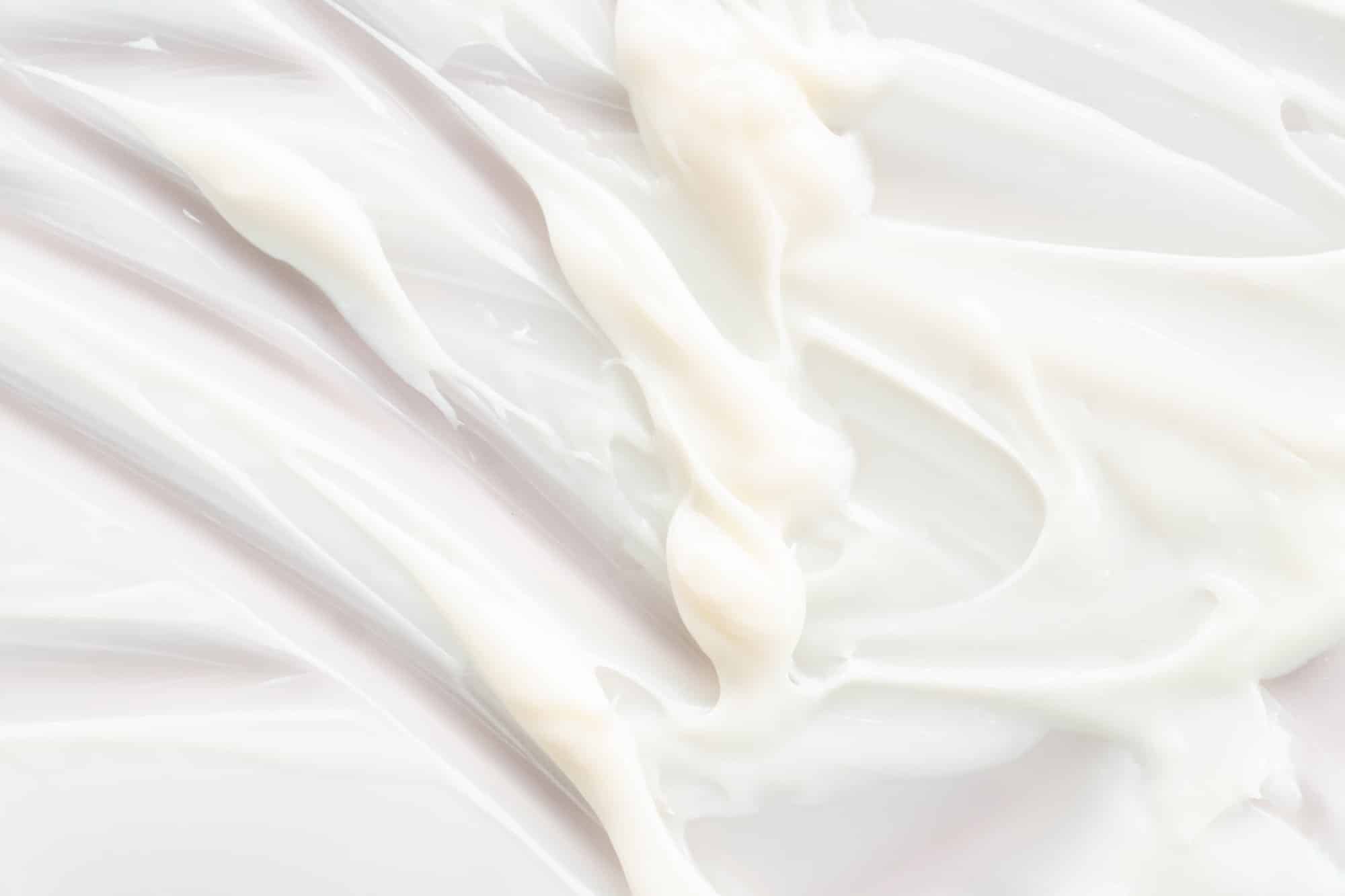What’s the Secret to Crafting a Perfectly Emulsified Bearnaise Sauce?

Bearnaise sauce might have a reputation for being somewhat tricky to make, but when you get it right, the reward is a luxuriously smooth, richly flavored sauce that makes an exceptional complement to your steak, fish, or roasted vegetables. This classic French sauce is known for its delicate balance of acidity and richness, brought to life by a harmony of butter, tarragon, and wine vinegar. Let us walk you through the process of crafting a perfectly emulsified Bearnaise sauce.
Understanding the Basics of Bearnaise Sauce
Before diving into the recipe, it’s crucial to understand the basic components of a Bearnaise sauce. The sauce is an emulsion, a blend of two ingredients that don’t usually mix together – fat and water. In this case, the fat comes from the butter, and the water from the wine vinegar reduction.
A lire également : How to Bake a Gourmet Layer Cake with Intricate Flavor Combinations?
The secret to a successful emulsion is patience and a steady hand. You’ll need to slowly add your melted butter to the egg yolks, while constantly whisking to ensure the two ingredients emulsify without splitting. But fear not, even if things go a little awry, we’ll provide you with some tips to bring your sauce back from the brink.
The Perfect Bearnaise Sauce Recipe
Begin by gathering these ingredients: clarified butter, egg yolks, white wine vinegar, shallots, fresh tarragon, salt, and white pepper.
A lire également : What Techniques Ensure a Perfectly Balanced Gourmet Cheese Platter?
Heat a small saucepan over medium heat. Add the shallots, half the tarragon, and white wine vinegar. Let simmer for about 10 minutes until the vinegar is reduced by half. This is your reduction, a concentrated flavor base for your sauce.
While the reduction is cooling, clarify your butter. This process removes the milk solids from the butter, leaving only the pure butterfat. This butterfat is less likely to split when combined with the egg yolks, making your emulsion more stable.
Next, blend the egg yolks with your reduction in a heatproof bowl set over simmering water. Whisk vigorously, ensuring the bowl doesn’t touch the water, until the yolks are pale and thick. This step is crucial as it starts the emulsification process and provides a stable base for the butter to be added.
Now it’s time to slowly add your butter. Pour it in a thin stream while continually whisking. Take your time with this step, as adding the butter too fast can cause the sauce to split. Once all the butter is incorporated, your sauce should be thick and velvety.
Finally, strain the sauce to remove the shallots and tarragon pieces. Adjust the seasoning to your taste and stir in the remaining tarragon for that signature Bearnaise flavor.
Key Techniques for a Perfectly Emulsified Sauce
Now that we’ve covered the basic recipe, let’s look at some key techniques to ensure your sauce emulsifies perfectly every time.
Firstly, be sure to add your butter slowly. This gives the egg yolks time to absorb the fat, creating a stable emulsion. If your sauce starts to separate, don’t panic. Simply whisk in a few drops of cold water until it comes back together.
Temperature control is also key. If your eggs get too hot, they’ll scramble, but if they’re too cold, the butter won’t emulsify properly. Keep the heat low and steady throughout the process.
Lastly, use fresh ingredients. Fresh tarragon lends a superior flavor compared to dried, and using high-quality butter makes a noticeable difference in the texture of your sauce.
Troubleshooting Common Issues
Even the best chefs occasionally run into issues when preparing Bearnaise sauce. Here are some common problems and how to fix them.
If your sauce has split, it’s usually because the butter was added too quickly or the sauce got too hot. To remedy this, whisk in a few drops of cold water. If that doesn’t work, start with a fresh yolk and slowly whisk in the split sauce.
If your sauce is too thick, simply whisk in a little warm water to loosen it. But remember, Bearnaise sauce should be thick enough to coat the back of a spoon.
If your sauce lacks flavor, consider adding more salt, a squeeze of lemon juice, or more tarragon.
Take Your Cooking to the Next Level
Mastering a classic Bearnaise sauce can take your cooking skills to the next level. Not only does this sauce pair well with a variety of dishes, but the techniques you learn – emulsification, reduction, and sauce balancing – apply across a wide range of dishes and cuisines.
So why not give it a try? With a bit of practice and patience, you’ll soon be whipping up a perfectly emulsified Bearnaise sauce that would make any French chef proud.
The Fine Art of Balancing Flavors in Bearnaise Sauce
The success of your bearnaise sauce doesn’t just rely on a solid emulsification process; it also heavily depends on achieving a balance of flavors. The rich, buttery base of the sauce should be perfectly balanced with the acidic tang of the infused vinegar and the unique, aromatic flavor of the tarragon.
Start by making sure your vinegar reduction is flavorful and potent. The mixture of white wine vinegar, shallots, and tarragon should be simmered in a small saucepan until it has reduced by half. This process intensifies the flavors, forming a strong backbone for your sauce.
After the reduction, the egg yolks and clarified butter are added. The butter, being the primary fat source, should be unsalted to allow for precise salting later in the process. The egg yolks, on the other hand, add a richness that balances the acidity from the vinegar.
The final flavor balancing act comes at the end of the process, after the sauce has been strained. Taste your sauce and adjust accordingly – for more acidity, add a squeeze of lemon juice; for a bit more pungency, add extra chopped tarragon; for seasoning adjustments, use black pepper and salt.
Comparison with Hollandaise Sauce: Understanding the Differences
Bearnaise sauce is often compared to another famous French sauce – the Hollandaise. While both are emulsified butter sauces, there are distinct differences that set them apart.
Hollandaise sauce, often served with eggs Benedict or asparagus, is made with just butter, egg yolks, and lemon juice. Bearnaise sauce, on the other hand, is enriched with a reduction of white wine vinegar and flavored with tarragon and chervil. The former is characterized by its lemony tang, while the latter is known for the unique flavor of tarragon, along with the complexity added by the vinegar white reduction.
The method of cooking both sauces is also slightly different. Hollandaise is usually made over a double boiler or bain marie to gently cook the egg yolks without scrambling them. For Bearnaise, the reduction of vinegar, shallots, and herbs is first prepared separately, cooled, and then blended with the egg yolks before adding the melted butter.
Conclusion: Master the Perfect Bearnaise Sauce
Mastering the technique of preparing a perfectly emulsified Bearnaise sauce is a skill worth acquiring. It not only enhances your culinary repertoire but also opens up numerous possibilities of flavor play in your dishes.
From a perfectly seared steak to a simple roasted vegetable dish, the luxurious richness of Bearnaise sauce can elevate your meals to a new level. Its delicate balance of acidity from white wine vinegar and the richness of clarified butter, all lifted by the aromatic freshness of tarragon, makes Bearnaise sauce a true culinary delight.
Remember, patience and attentiveness are key when attempting this sauce recipe. With these traits, even a novice home cook can create a delicious Bearnaise sauce that complements a variety of dishes. As you become more comfortable with the process, you can experiment with different herbs and flavors to put your unique twist on this classic French sauce.
